In today’s tech-driven world, virtualization has become a cornerstone of modern IT infrastructure. Among the many tools available, VMware stands out as a leading player in the virtualization space. Whether you’re an IT professional looking to optimize your infrastructure or a business owner aiming to reduce costs and increase efficiency, VMware offers a suite of solutions designed to meet diverse needs. In this article, we’ll delve into what VMware is, explore its key features, and understand why it’s such a powerful tool for businesses of all sizes.
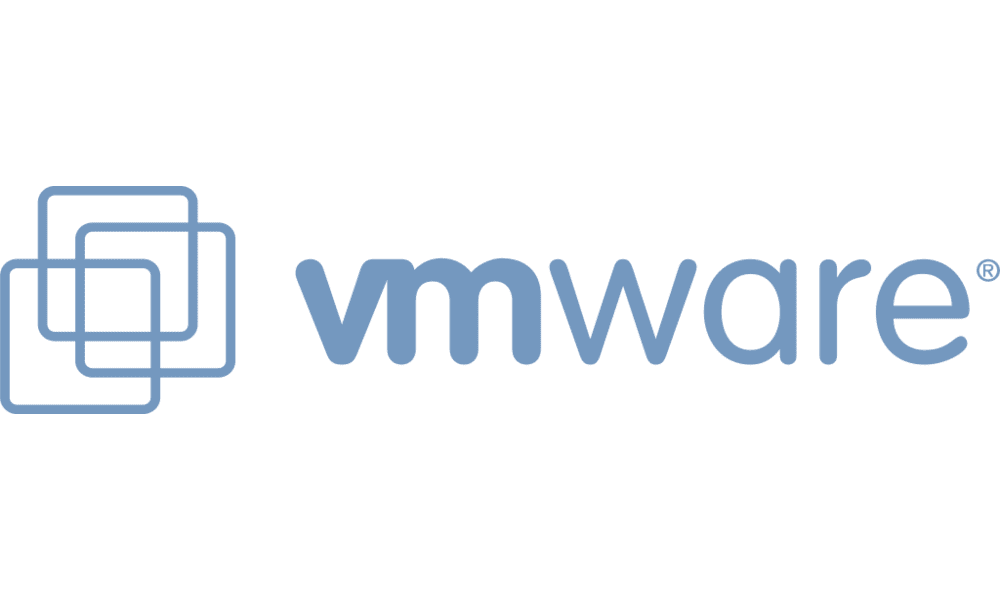
Introduction: What is VMware?
VMware, Inc. is a global leader in virtualization technology. Founded in 1998, VMware has revolutionized the way we think about IT infrastructure by allowing multiple virtual machines (VMs) to run on a single physical server. This not only optimizes resource use but also enhances scalability, flexibility, and cost-efficiency. With VMware, businesses can virtualize servers, desktops, and even networks, providing a robust foundation for modern IT environments.
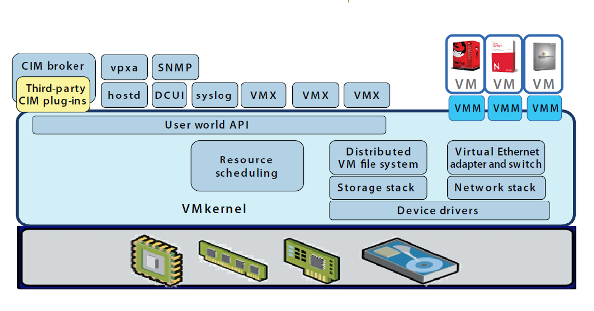
1. The Basics of VMware
Understanding VMware starts with grasping the concept of virtualization. Virtualization involves creating virtual versions of physical resources like servers, storage devices, and networks. VMware’s products enable this process, offering tools that help manage and optimize these virtual resources.
History and Evolution
VMware’s journey began with its groundbreaking virtualization technology that allowed multiple operating systems to run on a single x86 computer. Over the years, VMware has expanded its portfolio to include advanced solutions for data centers, cloud computing, and more. Its commitment to innovation has made it a go-to choice for enterprises worldwide.
Key VMware Products
VMware offers a variety of products, each designed to address different aspects of virtualization and cloud computing. Some of the most notable include:
- VMware vSphere: A suite of server virtualization products that provides a robust platform for building and managing virtual environments.
- VMware Workstation: A powerful desktop virtualization tool for running multiple operating systems on a single desktop or laptop.
- VMware ESXi: A bare-metal hypervisor that installs directly on a physical server and enables the creation of multiple virtual machines.
2. Key Features of VMware
VMware’s solutions come with a range of features that make virtualization both powerful and user-friendly. Here’s a look at some of the standout features:
Efficient Resource Utilization
One of VMware’s greatest strengths is its ability to maximize resource utilization. By consolidating multiple virtual machines onto a single physical server, organizations can significantly reduce hardware costs and energy consumption. This efficiency also helps in optimizing overall performance.
Scalability and Flexibility
VMware products are designed to scale effortlessly with your needs. Whether you’re running a small business or managing a large data center, VMware solutions can be tailored to fit. You can easily add new virtual machines or adjust resources as your requirements change, providing unmatched flexibility.
High Availability and Disaster Recovery
VMware offers robust features for high availability and disaster recovery. Tools like VMware vSphere High Availability (HA) and VMware Site Recovery Manager (SRM) ensure that your virtual machines remain operational even in the event of hardware failures or other disruptions. This helps maintain business continuity and minimizes downtime.
Enhanced Security
Security is a top priority in VMware’s design. Features like VM encryption, secure boot, and integrated firewall capabilities help protect virtual machines from threats. VMware’s solutions also support compliance with various security standards and regulations, ensuring your virtual environment is secure and compliant.
Simplified Management
VMware provides a range of management tools that simplify the administration of virtual environments. VMware vCenter Server, for example, offers a centralized management interface for configuring and monitoring your virtual infrastructure. This ease of management helps streamline operations and reduce administrative overhead.
3. Benefits of Using VMware
Adopting VMware’s solutions offers numerous benefits for organizations. Here’s why many businesses choose VMware:
Cost Savings
By consolidating multiple virtual machines on fewer physical servers, organizations can reduce hardware costs, energy consumption, and maintenance expenses. VMware’s efficiency helps businesses save money while still enjoying robust performance.
Increased Agility
VMware’s solutions provide the agility needed to respond quickly to changing business needs. With features like live migration and dynamic resource allocation, organizations can adapt to new demands without significant disruptions.
Improved Disaster Recovery
VMware’s disaster recovery solutions ensure that data and applications are protected against unexpected events. Automated backups and recovery processes help minimize downtime and maintain business operations.
Enhanced Security
With advanced security features and regular updates, VMware helps protect virtual environments from threats. The built-in security capabilities ensure that your data and applications remain secure.
Simplified IT Operations
VMware’s management tools and automation features streamline IT operations, making it easier to deploy, monitor, and maintain virtual environments. This simplicity helps IT teams focus on strategic initiatives rather than routine tasks.
4. Use Cases for VMware
VMware’s versatility makes it suitable for a wide range of applications. Here are some common use cases:
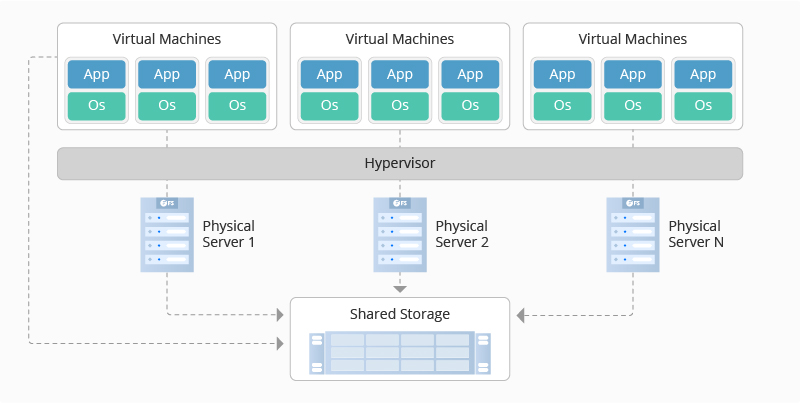
Data Center Virtualization
VMware is widely used for data center virtualization, allowing organizations to consolidate servers, storage, and networks into a unified virtual environment. This approach enhances efficiency and simplifies management.
Desktop Virtualization
With VMware Horizon, businesses can deploy and manage virtual desktops, providing employees with secure, remote access to their work environments. Desktop virtualization also simplifies desktop management and enhances security.
Cloud Computing
VMware’s cloud solutions enable organizations to build and manage private and hybrid clouds. By leveraging VMware’s cloud infrastructure, businesses can scale resources, improve flexibility, and optimize costs.
Development and Testing
Developers and testers use VMware to create and test applications in isolated virtual environments. This setup allows for experimentation without affecting production systems and ensures compatibility across different environments.
Disaster Recovery
VMware’s disaster recovery solutions help organizations prepare for and respond to unexpected disruptions. By replicating virtual machines and automating recovery processes, businesses can ensure data availability and continuity.
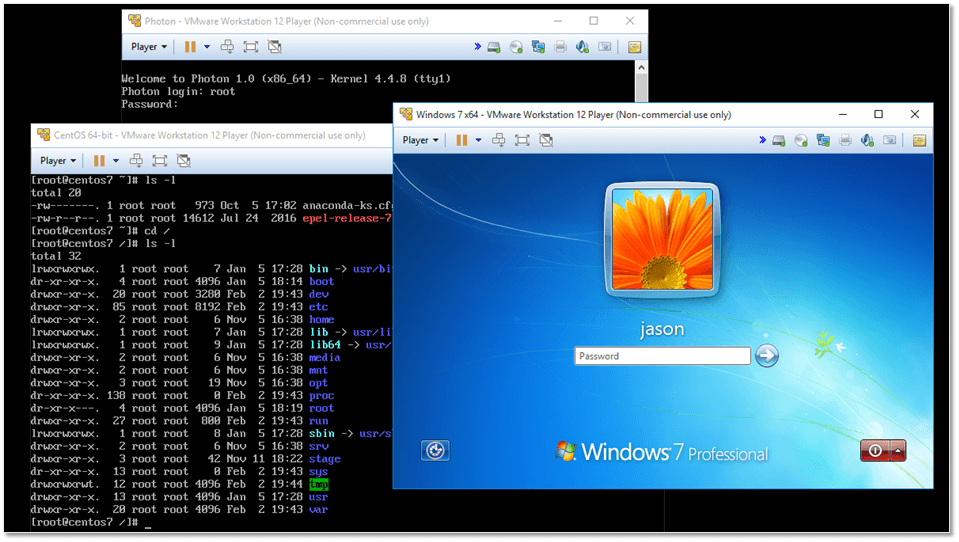
5. Getting Started with VMware
If you’re new to VMware, here’s a guide to getting started:
Installation and Setup
Begin by selecting the appropriate VMware product for your needs. Follow the installation instructions provided by VMware to set up your environment. Most VMware products offer detailed guides to assist with the installation process.
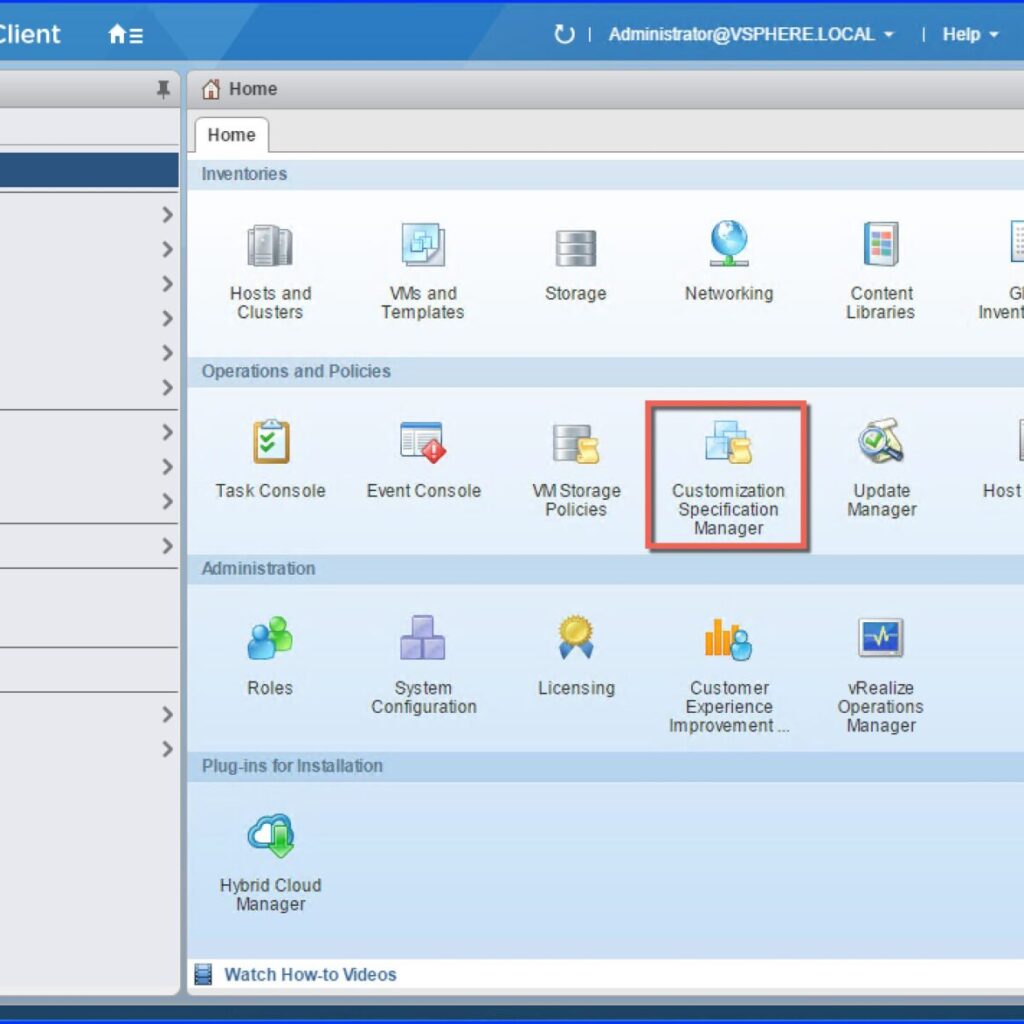
Configuration and Customization
After installation, configure your VMware environment according to your requirements. This may involve setting up virtual machines, defining resource allocations, and configuring network settings. VMware’s management tools provide intuitive interfaces for customization.
Learning Resources
Take advantage of VMware’s extensive documentation, tutorials, and community forums to learn more about its products. VMware also offers training courses and certifications to help you deepen your knowledge and skills.
6. Common Challenges and Solutions
While VMware offers powerful tools, users may encounter challenges. Here’s how to address some common issues:
Compatibility Issues
Ensure that your hardware and software meet VMware’s compatibility requirements. Regularly check for updates and patches to address compatibility issues and maintain optimal performance.
Performance Optimization
Monitor your virtual environment’s performance and make adjustments as needed. VMware’s performance monitoring tools can help identify bottlenecks and optimize resource allocation.
Security Concerns
Stay informed about security best practices and regularly update your VMware environment to address vulnerabilities. Implement robust security measures, including access controls and encryption, to protect your virtual machines.
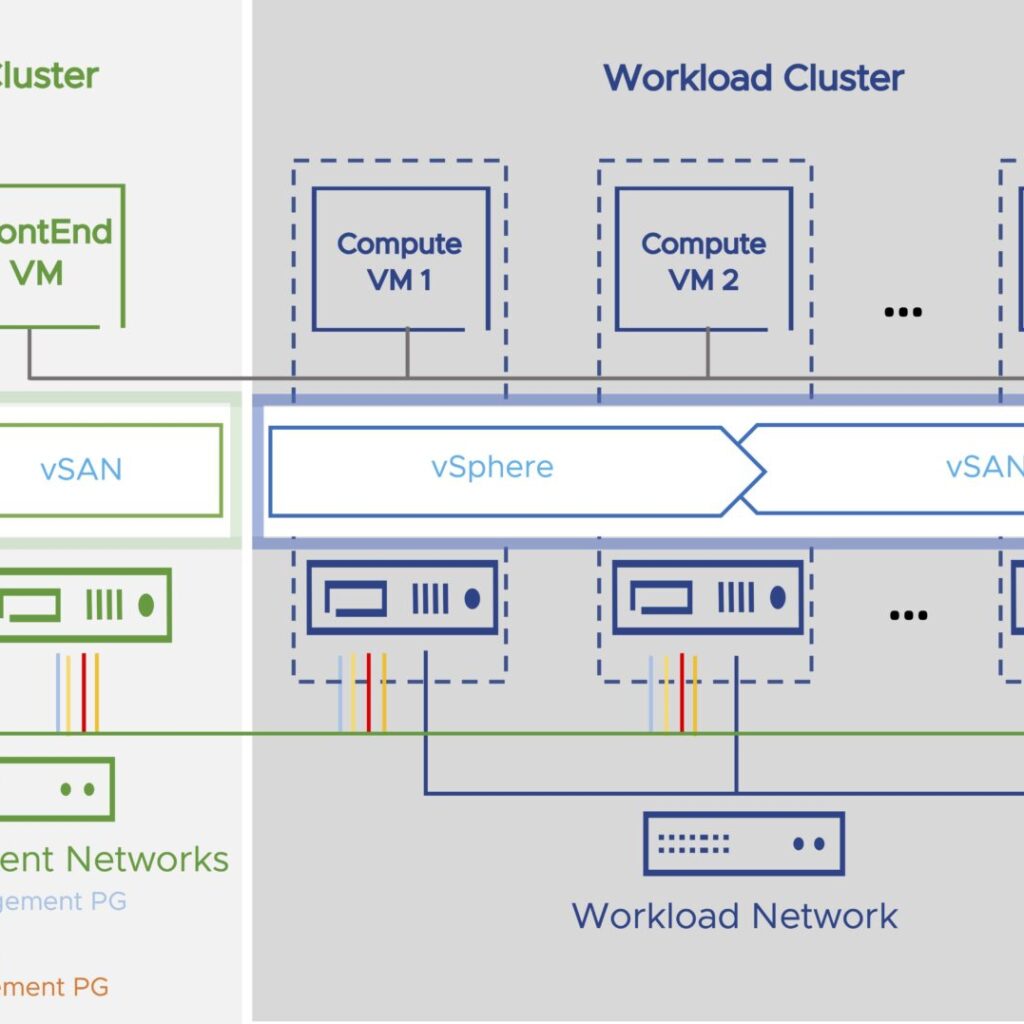
7. Advanced VMware Techniques
For experienced users, VMware offers advanced techniques to enhance your virtualization environment:
Automation and Scripting
Leverage VMware’s automation and scripting capabilities to streamline repetitive tasks and improve efficiency. Tools like VMware vRealize Orchestrator enable advanced automation and orchestration.
Integration with Third-Party Tools
Integrate VMware with other tools and platforms to extend its capabilities. For example, combining VMware with monitoring and backup solutions can enhance your overall infrastructure management.
Custom VM Configuration
Customize virtual machine configurations to meet specific requirements. Advanced users can create custom VM templates, configure advanced networking features, and optimize performance settings.
Conclusion: Embrace the Power of VMware
VMware has transformed the world of virtualization with its innovative solutions and robust features. By leveraging VMware’s technology, businesses can optimize their IT infrastructure, reduce costs, and enhance flexibility. Whether you’re managing a data center, deploying virtual desktops, or building a private cloud, VMware provides the tools you need to succeed. Embrace the power of VMware and unlock new possibilities for your IT environment.
Read Related Posts
Metasploit Framework: A Comprehensive Guide
Advantages of Kali Linux: Unleashing the Power of Ethical Hacking
Top Advantages of Windows OS
Advantages of macOS: Why It’s the Best Operating System for You
FAQs
VMware is used for virtualization, allowing multiple virtual machines to run on a single physical server. It enhances resource utilization, scalability, and management efficiency.
Yes, VMware offers solutions that cater to businesses of all sizes. Small businesses can benefit from its cost-saving, efficiency-boosting features and scalable solutions.
VMware’s disaster recovery solutions automate backups, replication, and recovery processes, ensuring data availability and minimizing downtime in case of disruptions.
Yes, VMware provides cloud solutions that enable businesses to build and manage private and hybrid clouds, offering scalability and flexibility in cloud environments.
